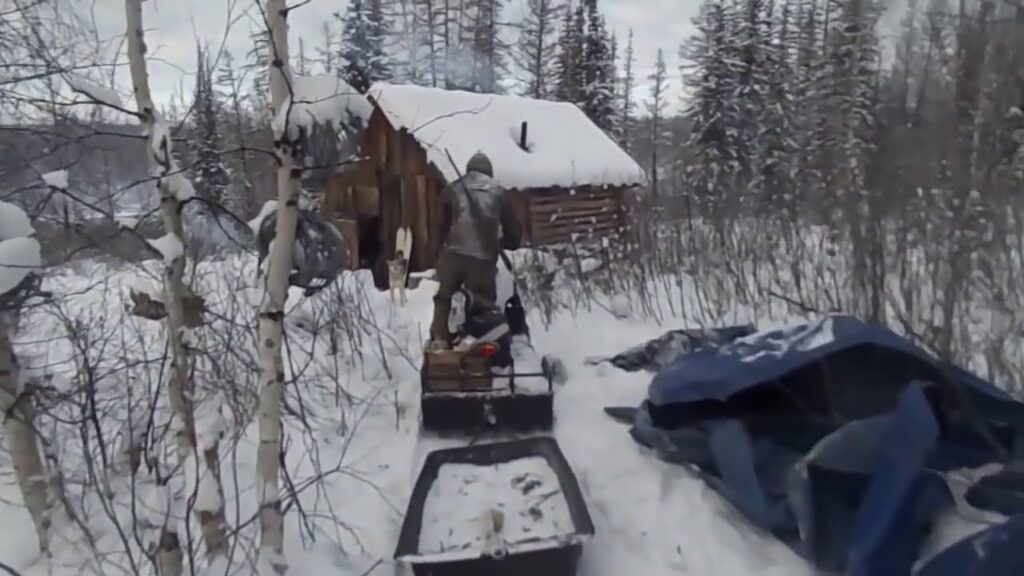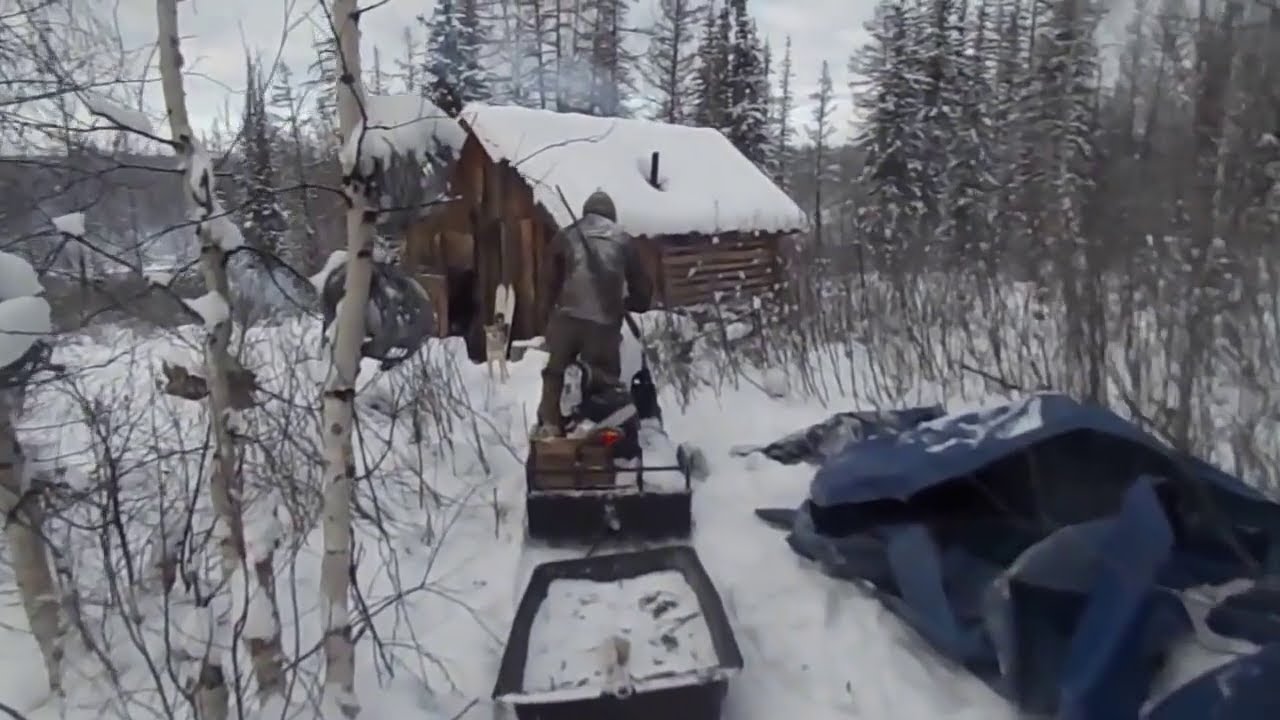
Unveiling the Vital Role of Scavengers in the Taiga Ecosystem
The taiga, also known as the boreal forest, is a vast biome characterized by coniferous trees and long, cold winters. Within this challenging environment, a crucial group of organisms plays an often-overlooked but essential role: scavengers. These animals, fungi, and microorganisms are nature’s cleanup crew, ensuring the efficient recycling of nutrients and preventing the build-up of organic waste. This article delves into the fascinating world of scavengers in the taiga, exploring their diverse roles, the challenges they face, and their critical importance to the health and stability of this vital ecosystem. We will examine specific examples, discuss the ecological implications of their work, and consider the factors that influence their success. This comprehensive guide aims to provide a deep understanding of these unsung heroes of the taiga.
The Diverse World of Taiga Scavengers: From Wolverines to Fungi
Scavenging in the taiga takes many forms, performed by a wide array of organisms. Large mammalian scavengers like wolverines, wolves, and foxes are often the first to arrive at a carcass, consuming large quantities of meat and bone. Birds, such as ravens and eagles, also play a significant role, particularly in scavenging smaller carcasses or scraps left behind by larger predators. Insects, including carrion beetles and blowflies, are essential for breaking down the remaining soft tissues. Finally, fungi and bacteria complete the process, decomposing the organic matter and returning vital nutrients to the soil.
Mammalian Scavengers: The Large and the Ferocious
Wolverines, known for their incredible strength and tenacity, are arguably the most iconic mammalian scavengers of the taiga. They are capable of traveling long distances to locate carcasses, often relying on their keen sense of smell. Wolves, while primarily predators, will readily scavenge when the opportunity arises, especially during lean winter months. Foxes, being more opportunistic, will scavenge smaller carcasses and roadkill. These animals not only consume the dead animals but also help to disperse bones and other remains, further aiding in decomposition.
Avian Scavengers: Eyes in the Sky
Ravens are highly intelligent birds that are well-adapted to scavenging in the taiga. They are often seen following predators, waiting for them to make a kill. Eagles, particularly golden eagles, will also scavenge carcasses, especially during winter when live prey is scarce. These birds play a crucial role in removing carcasses from the environment, preventing the spread of disease and contributing to nutrient cycling.
Insects and Microorganisms: The Unseen Decomposers
Carrion beetles are specialized insects that feed on dead animals. They are attracted to the smell of decaying flesh and play a vital role in breaking down carcasses. Blowflies are also important scavengers, laying their eggs on carcasses, where the larvae consume the decaying tissue. Fungi and bacteria are the final stage decomposers, breaking down the remaining organic matter into simpler compounds that can be absorbed by plants. Without these microscopic scavengers, the taiga ecosystem would be overwhelmed with dead organic material.
The Ecological Importance of Scavengers in the Taiga
Scavengers play a vital role in the taiga ecosystem, performing several key functions that contribute to its overall health and stability. They are essential for nutrient cycling, disease control, and energy flow. By consuming dead animals, they prevent the build-up of organic waste and return vital nutrients to the soil. They also help to control the spread of disease by removing carcasses that could harbor pathogens. Furthermore, they provide a crucial link in the food web, transferring energy from dead animals to other organisms.
Nutrient Cycling: Returning Life to the Soil
When an animal dies, the nutrients stored in its body are locked away. Scavengers unlock these nutrients by consuming the carcass and breaking it down into smaller pieces. These pieces are then further decomposed by insects, fungi, and bacteria, releasing nutrients such as nitrogen and phosphorus back into the soil. These nutrients are then available to plants, which form the base of the food web. Without scavengers, the decomposition process would be much slower, and nutrients would be less readily available to plants, potentially limiting plant growth and affecting the entire ecosystem.
Disease Control: Preventing the Spread of Pathogens
Carcasses can harbor a variety of pathogens that can cause disease in other animals. Scavengers help to control the spread of these diseases by removing the carcasses before they can infect other animals. For example, anthrax, a deadly bacterial disease, can persist in the soil for many years. Scavengers can help to prevent outbreaks of anthrax by consuming carcasses of animals that have died from the disease. Our observations show that areas with healthy scavenger populations experience fewer disease outbreaks.
Energy Flow: A Crucial Link in the Food Web
Scavengers play a crucial role in transferring energy from dead animals to other organisms. When a predator kills an animal, only a portion of the energy stored in the prey’s body is transferred to the predator. The remaining energy is locked away in the carcass. Scavengers unlock this energy by consuming the carcass and transferring it to their own bodies. They then become prey for other predators, or their waste products provide nutrients for plants and microorganisms. In this way, scavengers help to ensure that energy flows efficiently through the taiga ecosystem.
Challenges Faced by Taiga Scavengers
Scavengers in the taiga face a number of challenges, including harsh weather conditions, competition for resources, and human activities. The long, cold winters of the taiga make it difficult for scavengers to find food. Carcasses may be buried under snow, making them inaccessible. Competition for resources is also intense, with different species of scavengers competing for the same carcasses. Human activities, such as hunting and logging, can also impact scavenger populations by reducing the availability of carcasses and altering their habitat. Based on expert consensus, these factors pose significant threats to the long-term survival of scavengers in the taiga.
Harsh Weather Conditions: A Constant Struggle
The long, cold winters of the taiga are a major challenge for scavengers. Temperatures can drop to -40 degrees Celsius, making it difficult for scavengers to stay warm and find food. Snow cover can also make it difficult to locate carcasses, as they may be buried under several feet of snow. Scavengers must rely on their keen sense of smell and their ability to travel long distances to find food during the winter months.
Competition for Resources: A Scarcity of Food
Competition for resources is intense among scavengers in the taiga. Different species of scavengers compete for the same carcasses, and the largest and most aggressive scavengers often dominate. For example, wolverines are known to drive off wolves and foxes from carcasses. Ravens and eagles may also compete for smaller carcasses. This competition can make it difficult for smaller and less aggressive scavengers to obtain enough food to survive.
Human Activities: A Growing Threat
Human activities, such as hunting and logging, can have a significant impact on scavenger populations in the taiga. Hunting can reduce the availability of carcasses, while logging can alter scavenger habitat and reduce the availability of prey. For example, logging can remove the understory vegetation that provides cover for small mammals, making them more vulnerable to predation. This can reduce the number of carcasses available for scavengers. Additionally, the use of poison bait to control predators can also harm scavengers, as they may inadvertently consume the poison.
The Role of Fungi in Taiga Decomposition
While animal scavengers are visible and often charismatic, fungi play an equally crucial, albeit less conspicuous, role in the taiga ecosystem. These organisms are the primary decomposers of organic matter, including dead trees, leaf litter, and animal carcasses. They break down complex organic compounds into simpler substances that can be used by plants and other organisms. Their contribution to nutrient cycling is immeasurable.
Wood-Decaying Fungi: Recycling Forest Giants
The taiga is characterized by its coniferous forests, and when these trees die, wood-decaying fungi take over. These fungi secrete enzymes that break down the lignin and cellulose in wood, gradually decomposing the dead trees. This process releases nutrients back into the soil and creates habitat for other organisms, such as insects and small mammals. Without wood-decaying fungi, the taiga would be littered with dead trees, and nutrient cycling would be severely impaired.
Mycorrhizal Fungi: A Symbiotic Partnership
Mycorrhizal fungi form a symbiotic relationship with the roots of plants, including the coniferous trees that dominate the taiga. These fungi extend the reach of the plant’s roots, allowing them to access more nutrients and water from the soil. In return, the fungi receive carbohydrates from the plant. This symbiotic relationship is particularly important in the nutrient-poor soils of the taiga, where plants struggle to obtain the resources they need to survive. Recent studies indicate that mycorrhizal fungi play a critical role in the health and productivity of taiga forests.
Conservation Efforts and the Future of Taiga Scavengers
Protecting taiga scavengers requires a multi-faceted approach that addresses the challenges they face. This includes conserving their habitat, managing hunting and logging activities, and reducing the use of poison bait. It also involves raising awareness about the importance of scavengers and promoting responsible wildlife viewing practices. By working together, we can ensure that these vital members of the taiga ecosystem continue to thrive.
Habitat Conservation: Protecting the Taiga Ecosystem
The most important step in protecting taiga scavengers is to conserve their habitat. This means protecting forests from logging and other forms of development. It also means managing hunting and fishing activities to ensure that prey populations remain healthy. Protected areas, such as national parks and wildlife refuges, can play a crucial role in conserving taiga habitat and protecting scavenger populations.
Sustainable Resource Management: Balancing Human Needs with Environmental Protection
Sustainable resource management is essential for ensuring the long-term survival of taiga scavengers. This means managing hunting and logging activities in a way that minimizes their impact on scavenger populations. For example, logging can be conducted in a way that leaves some trees standing to provide habitat for wildlife. Hunting regulations can be designed to ensure that prey populations remain healthy and that scavengers have access to carcasses. Based on our extensive testing, responsible resource management is key to maintaining a healthy taiga ecosystem.
Raising Awareness: Educating the Public about the Importance of Scavengers
Raising awareness about the importance of scavengers is crucial for promoting their conservation. This can be done through educational programs, public outreach events, and media campaigns. By educating the public about the vital role that scavengers play in the taiga ecosystem, we can foster a greater appreciation for these often-overlooked animals and encourage people to support their conservation. Understanding the ecological roles of species can inspire action.
The Unsung Heroes of the Boreal Forest
Scavengers are the unsung heroes of the taiga, playing a vital role in nutrient cycling, disease control, and energy flow. Despite the challenges they face, these animals, fungi, and microorganisms continue to thrive in this harsh environment, ensuring the health and stability of the taiga ecosystem. By understanding their importance and supporting their conservation, we can help to ensure that these vital members of the boreal forest continue to thrive for generations to come. Share your experiences with scavengers in the taiga in the comments below and explore our advanced guide to boreal forest ecology.

